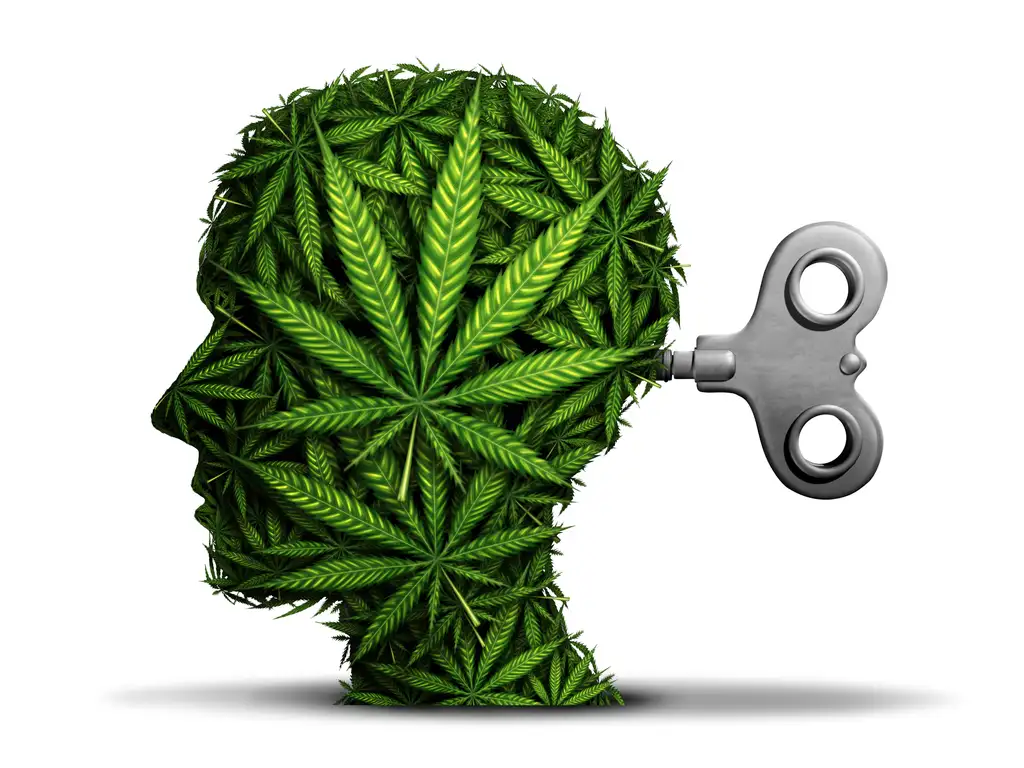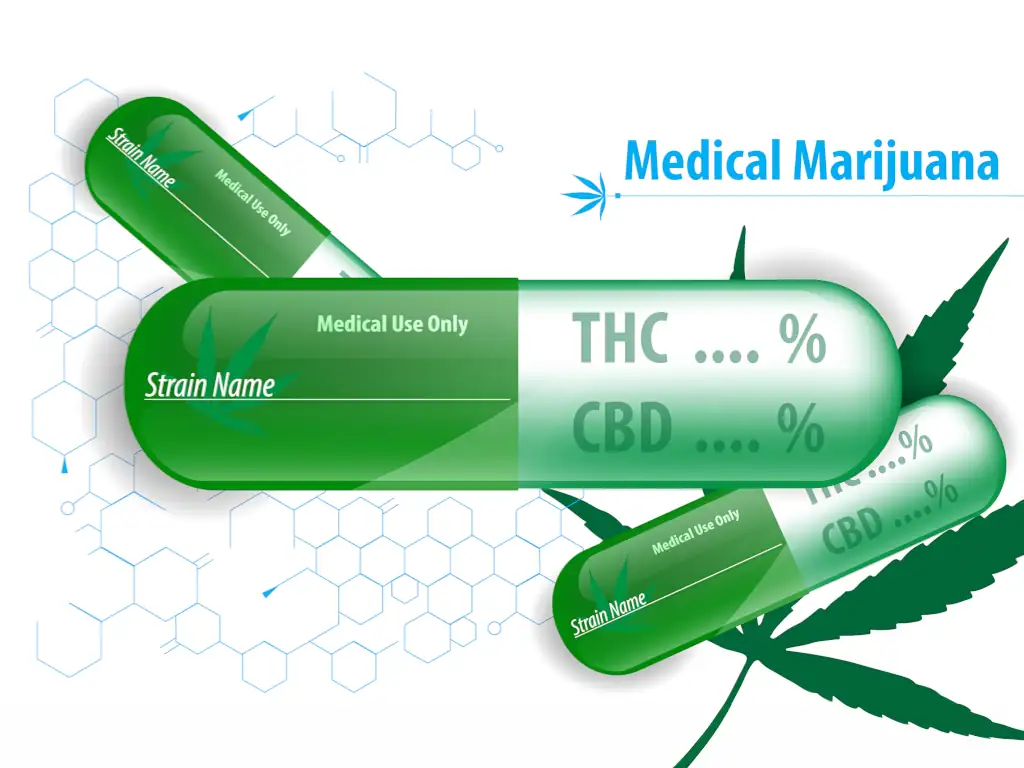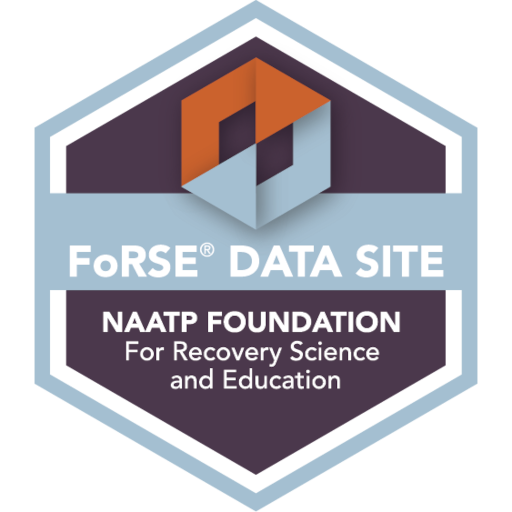Cannabinoids, the natural and multifaceted compounds found in the cannabis plant, have been garnering significant attention in recent years. There are over 400 different chemical entities in the cannabis plant with about 60 identified as cannabinoid compounds.
As research unveils the potential therapeutic benefits these molecules hold in various aspects of health, the scientific community and the public alike are captivated by the promise they offer. But what exactly are cannabinoids, and how do they exert their effects on our bodies? This blog post will explain cannabinoids, outlining their origins, biological targets, and the current state of research in the field.
Key Takeaways
- Cannabinoids are compounds found in the cannabis plant. These compounds interact with receptors in our bodies and can be divided into phytocannabinoids, endocannabinoids, and synthetic cannabinoids.
- There are potential benefits of cannabinoids for medical conditions as well as side effects associated with risks including cognitive impairment & addiction.
- Research into the therapeutic potential of minor cannabinoids and terpenes is ongoing to develop targeted treatments for various medical conditions.

Cannabinoid Basics: Understanding the Key Players
Cannabinoids are a diverse class of compounds that interact with cannabinoid receptors in our bodies, and they can be classified into three main categories:
- Phytocannabinoids: These are derived from the Cannabis sativa plant and include well-known compounds like THC and cannabidiol (CBD). Over 113 distinct phytocannabinoids have been identified in cannabis, each interacting with our central nervous system and other parts of the body in unique ways.
- Endocannabinoids: These are naturally produced by our bodies and play a significant role in the functioning of the endocannabinoid system (ECS). They serve as intercellular lipid messengers, signaling molecules that are released from one cell and activating cannabinoid receptors present on other nearby cells. This complex communication network regulates various essential functions, including:
- Mood
- Memory
- Sleep
- Appetite
- Synthetic cannabinoids: These are man-made compounds that mimic the effects of natural cannabinoids. They are often used in research and medical applications. Although synthetic cannabinoids have been developed for medical purposes, the use of a synthetic cannabinoid has also been associated with abuse, addiction, and various adverse effects.
The Endocannabinoid Cannabinoid System Explained
The endogenous cannabinoid system plays a significant role in various brain functions, including mood and energy balance, learning, and memory. It has also been associated with various psychiatric, neurological, neurodegenerative, and neuroinflammatory illnesses. Endogenous cannabinoids act as agonists to cannabinoid receptors, which can be found in many areas of the brain. These receptors have particularly high concentrations in neurocircuits responsible for reward and pain..
Cannabinoid receptor type 1 (CB1) and type 2 (CB2) are the primary receptors within the ECS, responsible for the end-effects of cannabinoids. CB1 receptors are responsible for the psychotropic effects of cannabinoids, while CB2 receptors play a more significant role in immune and inflammatory processes.
Endocannabinoids function as neuro-regulatory modulators, playing an integral part in retrograde neurotransmission and regulating various physiological processes.
Synthetic Cannabinoids vs. Plant-Derived Cannabinoids
Synthetic cannabinoids are designed to replicate the effects of THC and other naturally occurring plant cannabinoids which originate from the cannabis plant.
Synthetic cannabinoids are more potent than plant-derived cannabinoids, leading to a range of adverse effects, including anxiety, paranoia, and nausea.
Despite their increased potency, synthetic cannabinoids may have limited therapeutic applications compared to the effects that cannabinoids produce in their plant-derived forms, such as medical marijuana. The use of plant-derived cannabinoids, such as THC and CBD, has been associated with a range of adverse effects as well; however, these compounds have shown significant promise in the treatment of various medical conditions.
As research continues, the potential benefits and risks of both synthetic and plant-derived cannabinoids will become clearer, paving the way for more targeted and effective therapeutic strategies.

Medical Applications of Cannabinoids
Cannabinoids have been found to be effective in treating a range of medical conditions, such as:
- Chronic pain
- Epilepsy
- Appetite stimulation
- Reducing nausea and vomiting associated with cancer chemotherapy
- Reducing loss of appetite and weight loss associated with HIV/AIDS
Research has shown the potential benefits of cannabinoids in these areas, as have clinical trials supported by the National Cancer Institute.
In addition, modest benefits of cannabis or cannabinoids have been observed in cases of multiple sclerosis symptoms. The US Food and Drug Administration (FDA) has classified cannabinoids as antiemetic and antiepileptic medications.
Chronic Pain Management
Recent large meta-analysis studies show no benefit to control pain in acute circumstances and little pain relief–or improvement in physical functioning and sleep qualit–among patients with chronic pain such as cancer pain.
Other studies have held that cannabinoids have been linked to a reduction in the use of prescription pain medications and may also be effective in treating neuropathic pain caused by nerve damage.
Clearly there is further need to scientifically support the efficacy of cannabinoids for managing various levels of pain before recommending it.
Treating Epilepsy with Cannabinoids
Research has also demonstrated that cannabinoids possess anticonvulsant properties and may be able to reduce seizures in certain individuals with severe forms of epilepsy. Further research is necessary to gain a comprehensive understanding of the potential advantages and disadvantages of cannabinoids in treating epilepsy.
Appetite Stimulation and Weight Loss
Cannabinoids have been demonstrated to stimulate appetite, leading to increased cravings for food and enhanced taste perception. This may result in:
- Increased food consumption
- Beneficial effects for certain medical conditions, such as cancer and HIV/AIDS
- Reduction in nausea and vomiting
- Improved food intake and nutrition
Moreover, cannabinoids may be useful in reducing inflammation, which can potentially contribute to weight loss. Even though cannabinoids can potentially stimulate appetite and aid in weight loss, it’s important to consider the possible side effects and risks involved in their use.

Safety and Side Effects of Cannabinoid Use
Research indicates that cannabinoid use may be linked to:
- Lasting cognitive impairment
- Poorer educational outcomes
- Decreased life satisfaction and achievement
- An increased risk of developing psychotic disorders
Combining cannabis with other substances, may result in diminished motivation, memory impairment, and mental health issues. CBD use has been associated with a decrease in alertness and changes in mood. Additionally, it has been found to reduce appetite and cause intestinal issues such as diarrhea..
Short-Term Effects
The immediate effects of cannabinoid use can include:
- Changes in perception of time
- Increased appetite
- Laughter
- Confusion
- Anxiety
- Panic attacks
- Fearfulness
- Paranoia
- Increased heart rate
While some individuals may find these short-term effects to be enjoyable or therapeutic, others may experience discomfort or distress, particularly when using cannabinoids for the first time or in high doses.
Long-Term Effects
The potential long-term implications of cannabinoid use may include addiction, cognitive impairment, and an increased risk for various health conditions. The addiction risk is because cannabinoids cause alterations in the brain which may make it challenging to cease drug use.
Cannabinoid use may also be associated with an increased risk for respiratory problems, cardiovascular problems, and mental health issues.
Cannabinoid Hyperemesis Syndrome
Cannabinoid Hyperemesis Syndrome (CHS) is a condition that occurs after long-term use of cannabis, typically featuring episodes of vomiting. The most accepted treatment for CHS is abstaining from cannabis use.
Hot showers, cutaneous application of capsaicin and intravenous administration of benzodiazepines and the dopamine antagonist haloperidol are often recommended for relief in cases of acute CHS attacks. All these provide effective relief from the attack.
Precautionary measures should be specifically implemented for pediatric CHS and pregnant women with CHS.
Interactions with Other Drugs
Cannabinoids have the potential to interact with various medications, including:
- Prescription drugs, such as anticoagulants, anti-seizure medications, and immunosuppressants
- Over-the-counter medicines, such as antihistamines, decongestants, and pain relievers
- Alcohol
The potential interactions between cannabinoids and alcohol are not yet fully understood; however, it is known that both substances can enhance the effects of one another.
Legal Status and Regulation of Cannabinoids
The legal status of cannabinoids varies by jurisdiction, with some states allowing the use of cannabinoids such as CBD and medical cannabis for medical or recreational purposes, while others may classify them as controlled substances. Refer to state laws for specific regulations regarding the use of cannabinoids.
The FDA has approved several medications containing cannabinoids for medical use, including Epidiolex, Marinol, and Syndros. It has also established regulations for dietary supplements and food products containing cannabinoids, including mandates for labeling, manufacturing, and testing. Products containing THC or CBD are prohibited for sale as dietary supplements.
As the laws and regulations around cannabinoids continue to change, healthcare providers and patients need to keep updated on the legal status and correct use of these compounds in their specific jurisdictions.
Texas Law – Recreational Cannabis Use is Illegal
In both Texas and at the federal level, the recreational use of marijuana remains prohibited. Here’s a summary of the relevant statutes addressing cannabis-related infractions in Texas:
Texas Legislation:
- Texas Health and Safety Code, Section 481.120: Criminalizes the deliberate or conscious distribution of marijuana. The severity of the crime fluctuates based on the quantity distributed.
- Texas Health and Safety Code, Section 481.121: Penalizes the possession of marijuana, with the severity of the offense determined by the amount in possession.
- Texas Health and Safety Code, Section 481.122: Classifies the intentional distribution of controlled substances, including marijuana, to individuals under 18 as a second-degree felony.
- Texas Penal Code, Chapter 12: This chapter provides a comprehensive overview of potential consequences and penalties for various criminal offenses.
Is Medical Cannabis Permitted in Texas?
In Texas, medical cannabis is largely restricted, with some allowances under its compassionate-use legislation. Within this provision, specific doctors can recommend low-THC cannabis for patients with particular conditions. Here, “low-THC” signifies that the cannabis shouldn’t exceed a THC content of one percent.
- For a doctor to make such a recommendation, several criteria need to be met:
- The patient must be a Texas resident.
- The doctor should meet designated registration guidelines.
- Patients should have conditions such as epilepsy, seizure disorders, multiple sclerosis, autism, cancer, specific incurable neurodegenerative diseases, or PTSD.
- The doctor must conclude that the potential benefits of using low-THC cannabis for the patient outweigh the associated risks.
FDA Approval and Medical Use
Dronabinol (trade name Marinol) is an FDA-approved cannabinoid for chemotherapy-induced nausea and vomiting that doesn’t respond to routine anti-emetics and for anorexia with weight-loss in patients with AIDS.
The agency has approved Epidiolex, which contains a purified form of the drug substance CBD, for the treatment of seizures associated with Lennox-Gastaut syndrome and Dravet syndrome.
As research into the therapeutic potential of cannabinoids advances, it is possible that new medications containing cannabinoids will be developed and approved by the FDA in the future.
The Future of Cannabinoid Research
Cannabinoid research holds a future full of potential and promise. As our understanding of cannabinoids and their therapeutic properties grows, so will the opportunities for developing targeted treatments for a wide range of medical conditions. The scope of cannabinoid research is vast and ever-expanding.
Minor cannabinoids, such as Cannabichromene (CBC), Tetrahydrocannabivarin (THCV), Cannabigerol (CBG), Cannabinol (CBN), and Tetrahydrocannabinolic Acid (THCA), offer a largely untapped area of research with the potential to uncover new therapeutic properties. Some studies have indicated that these may possess anti-inflammatory, anti-anxiety, and anti-cancer properties.
Addiction
The risk of addiction to cannabinoids is a potential concern, especially for persons using these compounds long-term or in high dosages. It is estimated that the potential for addiction with cannabinoid use is around 9-10 percent of users, and daily use of cannabis can increase the risk of addiction to 25-50 parent. Symptoms of cannabinoid addiction may manifest in the form of cravings, withdrawal symptoms, and difficulty in controlling use.
La Hacienda Treatment Center
Misuse of either natural or synthetic cannabinoids can lead to drug abuse.
Understanding the potential risks associated with cannabinoid use and seeking appropriate treatment when necessary, individuals struggling with dependence can work towards overcoming addiction and improving their overall health and well-being.
La Hacienda Treatment Center in Hunt, Texas, has been helping people recover from drug addiction and alcoholism since 1972. We offer medically supervised detoxification, daily visits with on-campus doctors boarded in addiction medicine, and around-the-clock nursing care.
When patients are sober, they meet daily in individual and group sessions with licensed counselors. The basis of the La Hacienda treatment program are the 12 steps. Patients complete the first four steps during treatment and are encouraged to continue them after discharge.
Patients also undergo therapy to help them identify how they became addicted and how to recognize the warning signs and avoid relapse. Our Family Program offers a three-day on-campus experience to help relatives.
Summary
In conclusion, cannabinoids hold great promise in the field of medicine, offering potential therapeutic benefits for a wide range of medical conditions. As our understanding of these powerful compounds continues to grow, so will our ability to harness their potential and develop targeted treatments for various health issues. However, it is essential to remain mindful of the potential risks and side effects associated with cannabinoid use and to consult with healthcare professionals when considering the implementation of cannabinoids in medical treatment plans.
The future of cannabinoid research is filled with potential and promise, and as we continue to unlock the mysteries of these compounds, we can expect to see new and innovative treatment options emerge for various medical conditions. By staying informed about the latest developments in cannabinoid research and working together to explore the potential of these powerful compounds, we can pave the way for a brighter, healthier future.
Frequently Asked Questions
What are the 3 cannabinoids?
The three main cannabinoids commonly found in cannabis are delta-9-THC, delta-8-THC and cannabinol (CBD).
Is CBD different than cannabinoids?
Yes, CBD is one of the many cannabinoids found in cannabis plants. Cannabinoids can interact with receptors involved in various functions like appetite, anxiety, depression, and pain sensation. These receptors are part of the endocannabinoid system, which is responsible for regulating many of the body’s functions. CBD is believed to interact with these.
What type of cannabinoid is CBD?
Cannabidiol (CBD) is a naturally occurring, non-psychotropic cannabinoid of the hemp plant Cannabis sativa L., one of two main cannabinoids found in the cannabis plant.
Why is it called cannabinoid?
Cannabinoid refers to a class of chemicals, either naturally occurring or synthetic, that interact with cannabinoid receptors in the body and brain similarly to those found in Cannabis Sativa. This system, named for the plant which led to its discovery, is a critical element to maintaining human health.
How do cannabinoids affect the endocannabinoid system?
Cannabinoids interact with the endocannabinoid system by binding to its specific receptors and modulating its activity, which influences different physiological processes in the body.
Sources:
https://www.ncbi.nlm.nih.gov/pmc/articles/PMC3736954/
https://www.ncbi.nlm.nih.gov/pmc/articles/PMC8637936/
https://pubmed.ncbi.nlm.nih.gov/27278640/
https://www.ncbi.nlm.nih.gov/books/NBK549915/
https://guides.sll.texas.gov/cannabis/recreational-use
https://www2.texasattorneygeneral.gov/initiatives/synthetics/
https://www.criminaldefenselawyer.com/marijuana-laws-and-penalties/Texas.htm




